Today we’re running from Indiana Dunes National Park to Madison, Wisconsin with a stop at the Illinois Railway Museum (IRM).
Google, Waze, Garmin, and Apple maps all recommended driving through Chicago using Interstate 90. On past trips we always skirted the city, but this time we listened to the “expert” routing algorithms.
While we did see the city, we won’t take that route again.
Lots of construction had I-90 merging into two lanes. There really wasn’t anywhere to pull over had there been a problem.
Here’s the route we don’t recommend, even with a small campervan.
With the city behind us, we pulled off the highway in Union, Illinois where we were one of the few cars in a huge parking lot at the Illinois Railway Museum (IRM).
IRM claims to have the largest collection of historical railway equipment in America. After walking the grounds, that is easy to believe! I wanted to stop here because it has more unique electric powered railway equipment than other museums we have visited. I’ll just share a few of the bits I found most interesting.
Interurban cars connected cities and suburbs throughout the midwest.
Visitors disembarked from a restored interurban after arriving at the East Union Depot. The museum operates a variety of trains, interurbans and street cars on the property.
It was lunchtime when I read this dining car advertisement. Clam chowder and apple pie would have been nice, especially for 95 cents!
Stained glass, wood, brass lamps, and white linens made dining on the rails an elegant event.
This rear platform on a vintage observation car was used for whistle stops by several politicians in the early 1900’s.
Wooden interurbans were replaced by these modern Electroliners in the 1940’s. Here’s some of what the museum signage said: “Each Electroliner consisted of three coaches and a tavern-lounge (serving drinks and “Electroburgers”). The four cars were permanently coupled, with each of the three intermediate trucks supporting two cars. The air-conditioned trains regularly ran the 95 miles between the loop and Milwaukee in 105 minutes with 5-6 trips daily.”
Another unique electric locomotive, “Little Joe” is a double-ended freight engine built by General Motors in 1949. At 89 feet long weighing in at 545,600 pounds, it is an impressive machine for it’s time.
Stainless and streamlined, this 1936 Nebraska Zephyr looked like it wanted to be outside in the sun. It once served the “highly competitive” Chicago-Minneapolis market. With the exception of the engine, the train was one articulated unit and could only be uncoupled in the repair yard.
The museum barns couldn’t hold the entire collection. Some extra large engines like this experimental General Motors locomotive were on sidings outdoors. The lead unit was diesel electric while the trailing unit was a (reportedly very loud) gas turbine.
And one close-up of a CB&Q 4-6-4, for good measure. This 718,000 pound beauty was built by the Baldwin Locomotive works in 1930.
Beth was relieved to know that the Hobby Shop on the museum grounds wasn’t open during the week! There is an extensive model railroad inside that I wished we had been able to see in operation.
Percy was rolling off the flatbed and onto the rails as we headed out. You can be assured that the museum was going to be filled with children on the weekend. Thomas must be stuck in Chicago traffic.
Our silver van made it to Wisconsin with no further delays. We will explore camping options around Madison in a future post.
2022-06-30
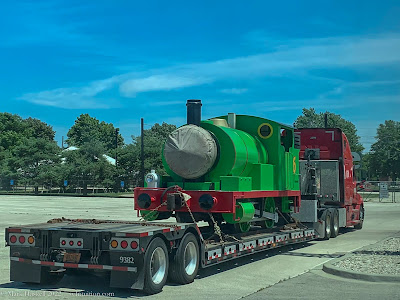
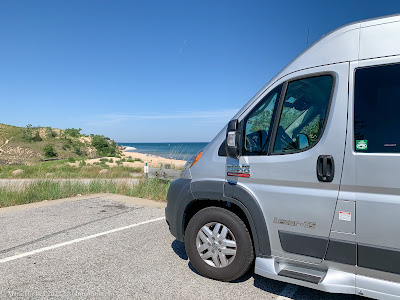
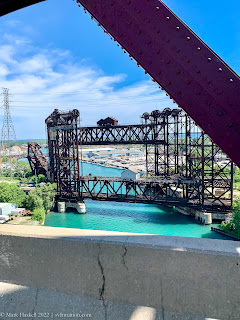
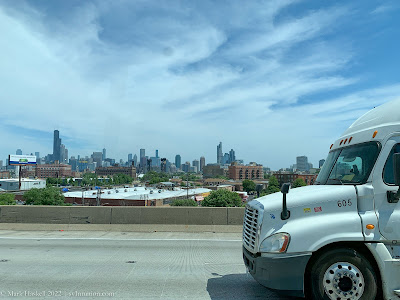
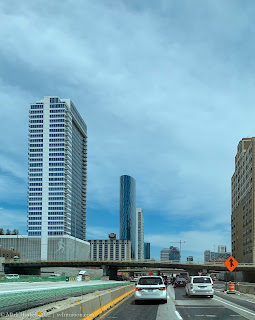
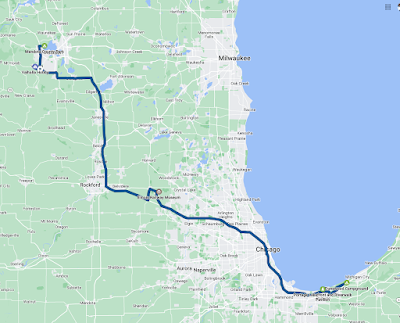

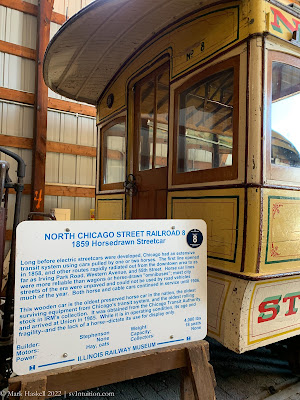
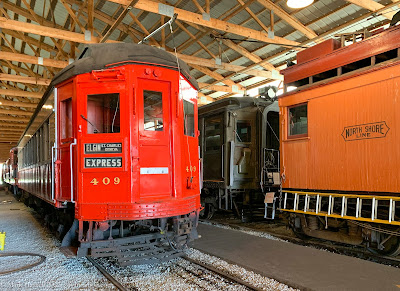
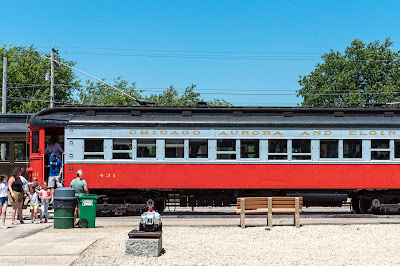

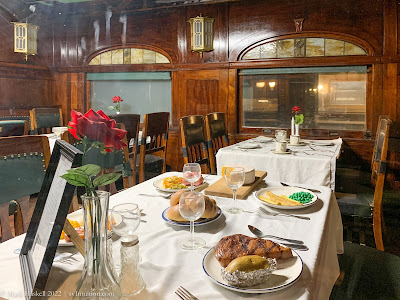
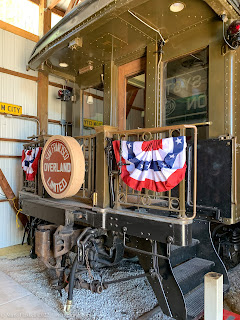
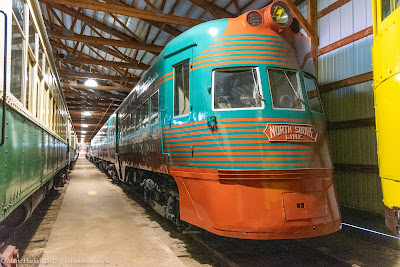
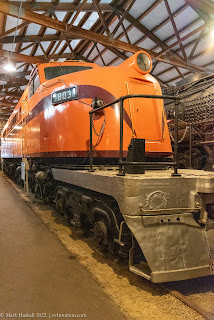

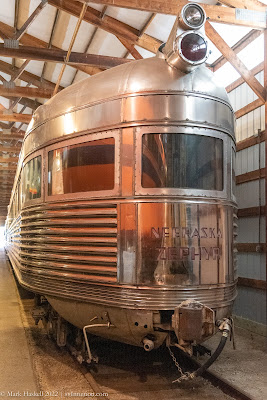
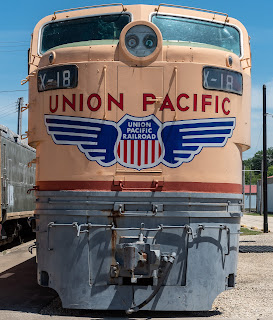
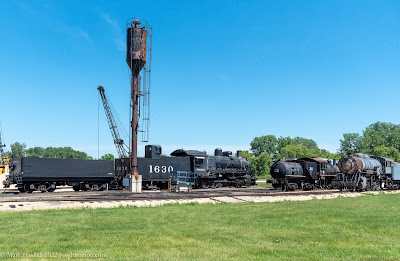

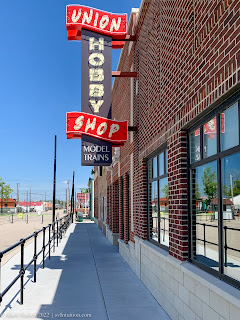
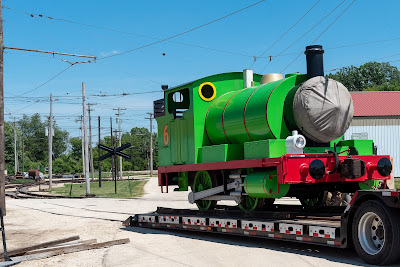
Leave a Reply